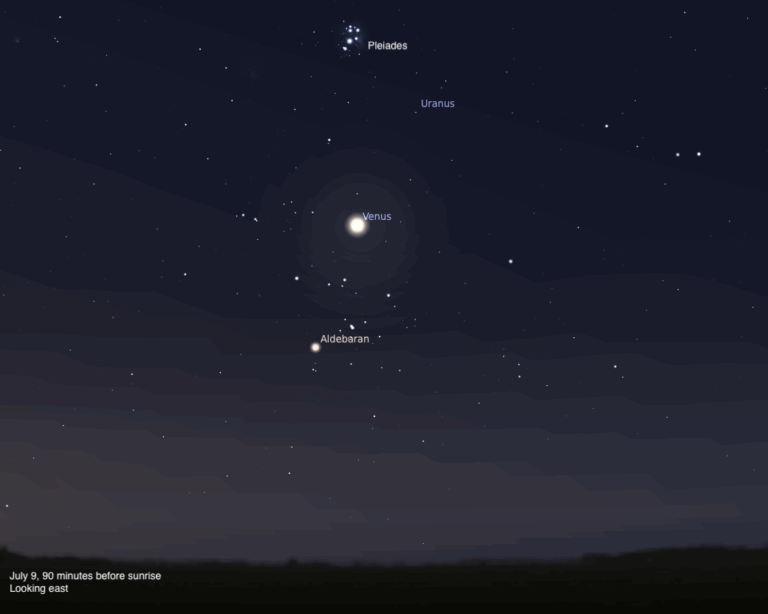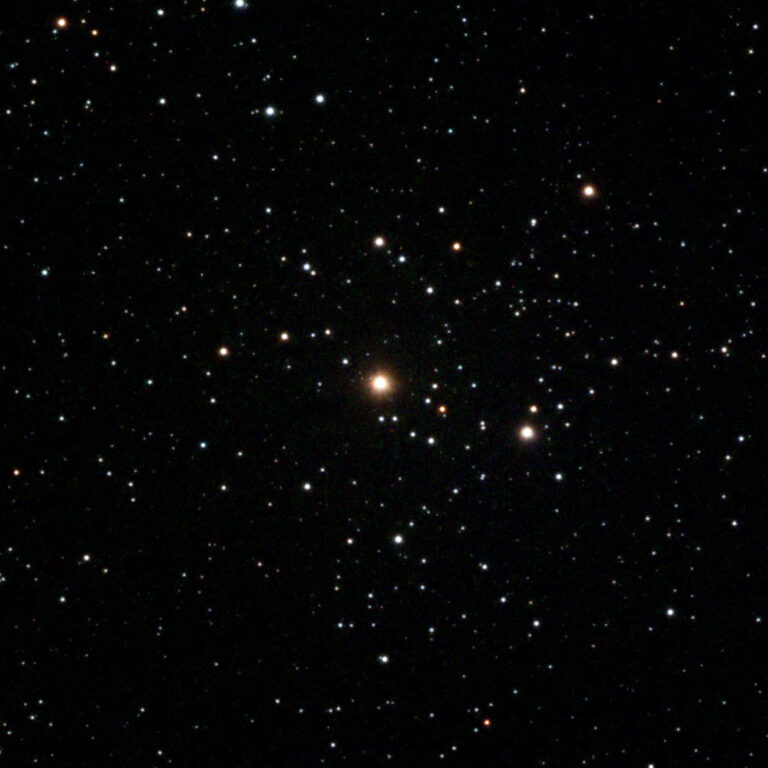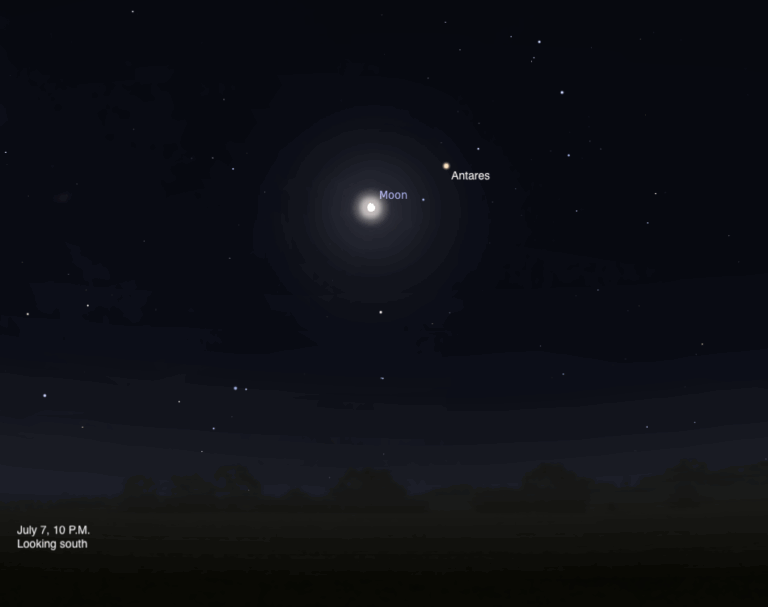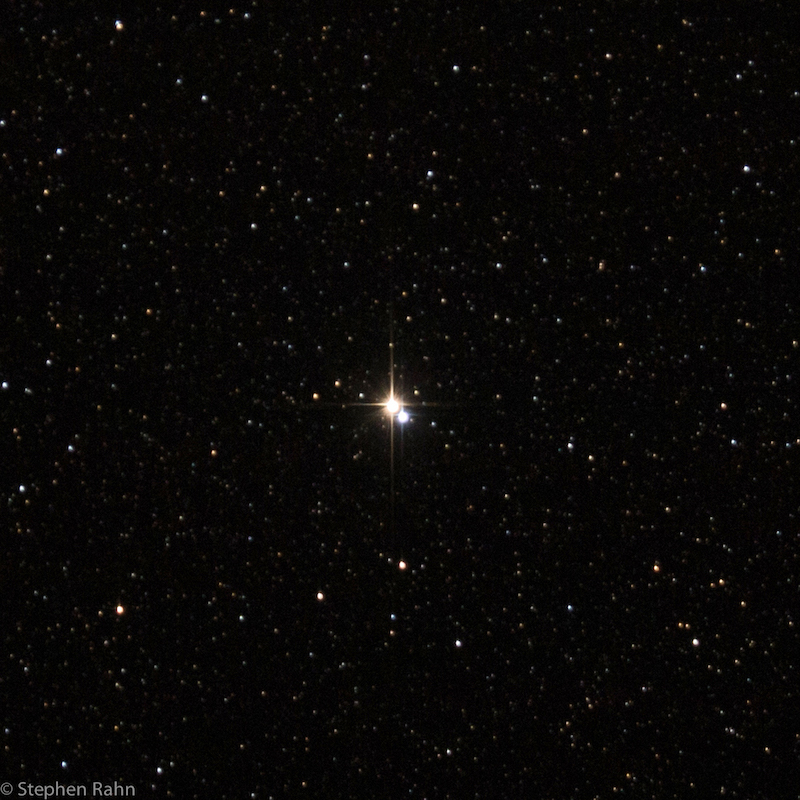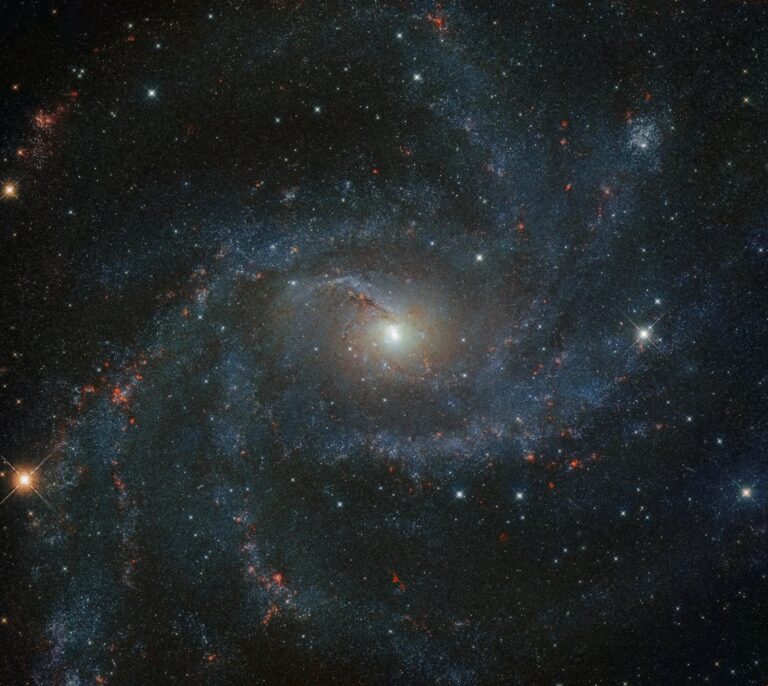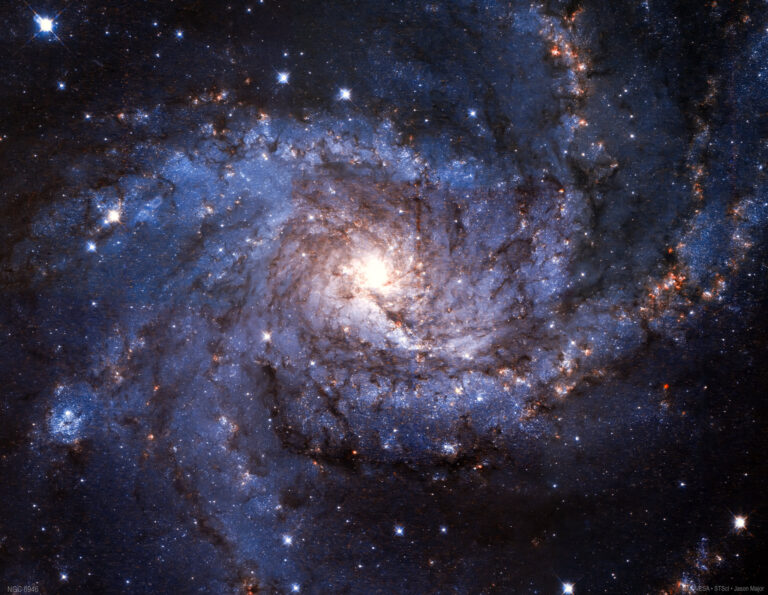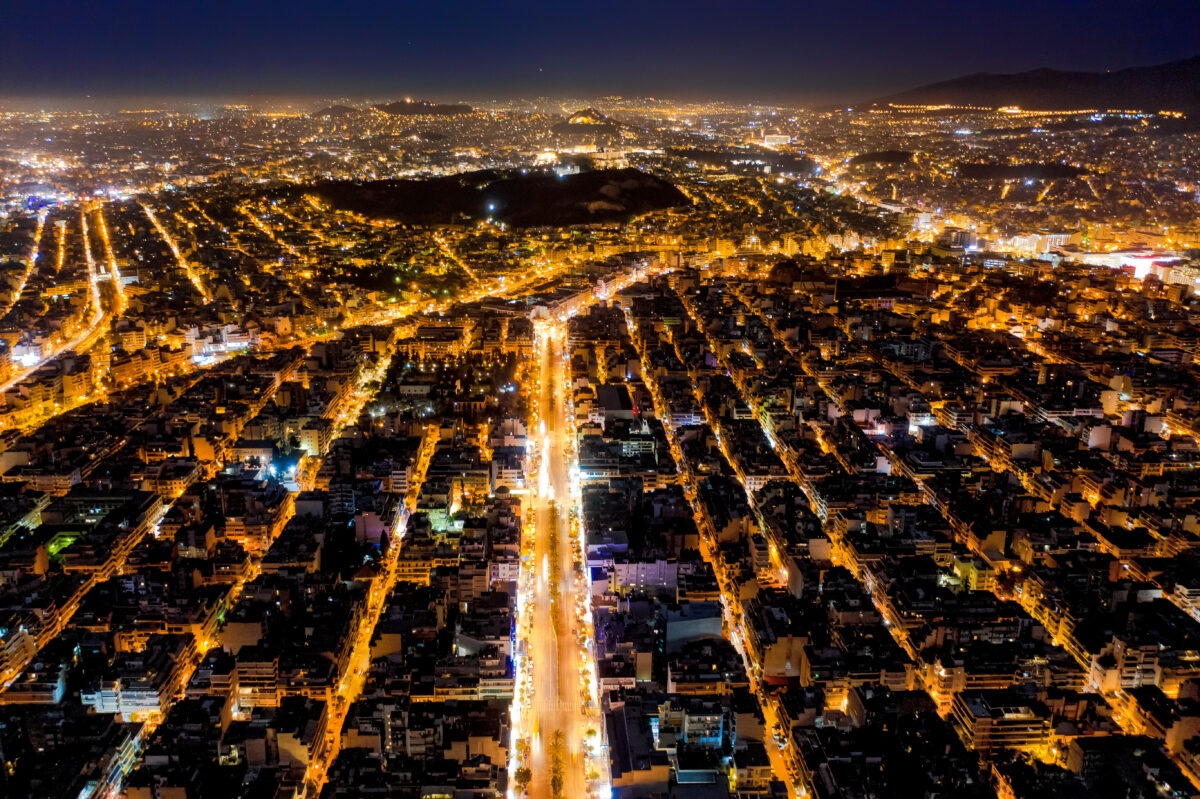
Key Takeaways:
Excessive artificial light at night (ALAN) doesn’t just pollute the sky. It may also pollute the brain. That’s according to a surprising new study focused on light pollution and Alzheimer’s disease (AD).
According to the Alzheimer’s Association, “Alzheimer’s is the most common cause of dementia, a general term for memory loss and other cognitive abilities serious enough to interfere with daily life. Alzheimer’s disease accounts for 60–80 percent of dementia cases.” Though it is “not a normal part of aging,” those over 65 form the majority of cases. It typically begins with difficulty recalling new information and can progress to failure to communicate or interact with the environment.
Now, a study led by Robin Voigt-Zuwala, an associate professor at Rush University Medical Center in Chicago implicates light pollution as a significant risk factor in the development of Alzheimer’s. A study just out in Frontiers in Neuroscience strongly correlates exposure to ALAN with increased occurrences of Alzheimer’s.
“Higher outdoor nighttime light was associated with higher prevalence of AD,” Voigt-Zuwala and her team write. “While atrial fibrillation, diabetes, hyperlipidemia, hypertension, and stroke were associated more strongly with AD prevalence than nighttime light intensity, nighttime light was more strongly associated with AD prevalence than alcohol abuse, chronic kidney disease, depression, heart failure, and obesity.”
The researchers continue: “Startlingly, nighttime light exposure is more strongly associated with AD prevalence in those under the age of 65 than any other disease factor examined.”
Given the complexity of Alzheimer’s and related dementia, the findings will need be replicated by more studies before being able to single out light pollution as a factor, says Kallol Kumar Bhattacharyya, a research fellow at Utah State University in Logan who was not involved in the work. In particular, he says, longitudinal studies — following subjects over extended periods of time — and studies from other parts of the globe will be needed. But “this is an excellent study with exciting findings,” he says.
Disrupted rhythms
In the new work, Voigt-Zuwala and her colleagues drew on publicly available data — maps of light pollution in the continental United States and government medical records culled from such sources as Medicare. By combining the datasets, Voigt-Zuwala’s research team were able to categorize areas by highest to lowest amounts of ALAN.
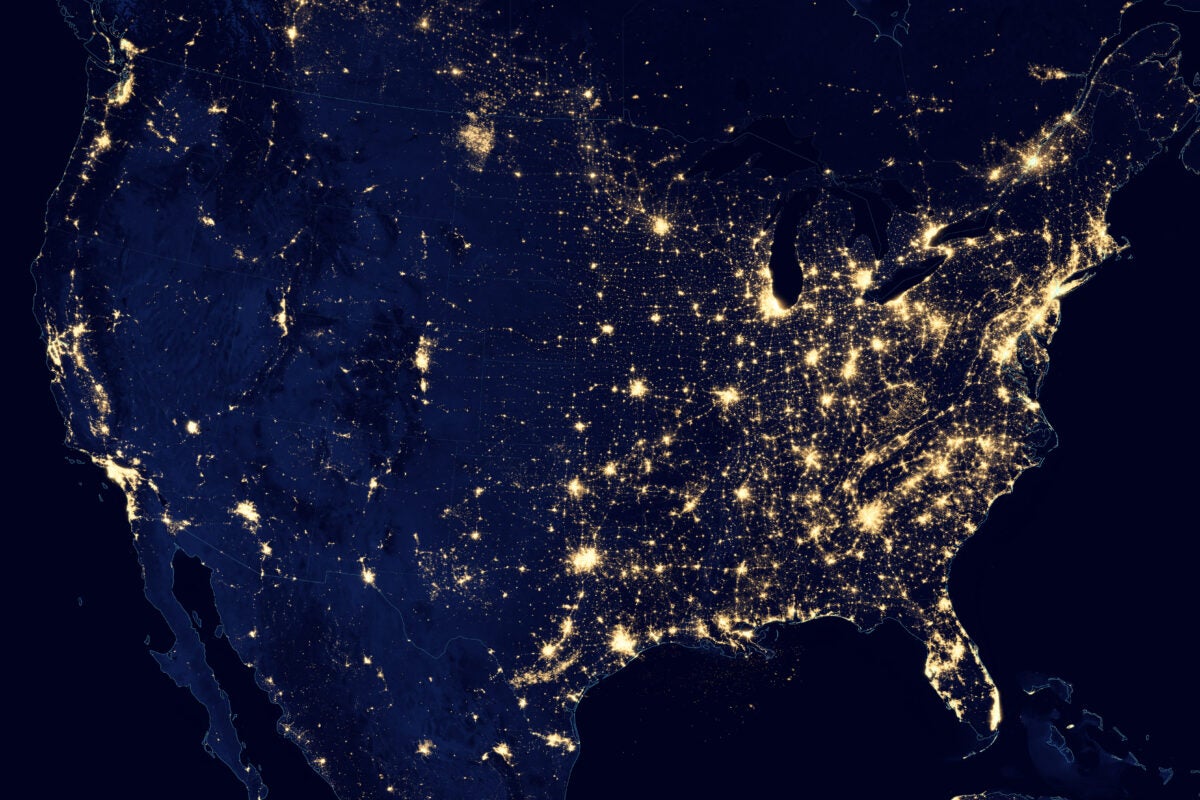
That those under 65 are more vulnerable to excess light might be explained by, she said, “certain genotypes [that] … influence early-onset AD.” Disruption of circadian rhythms, which govern the body’s response to light cues, is likely a culprit. She says that “younger people are more likely to live in urban areas and have lifestyles that may increase exposure to light at night.”
Such exposure, by disrupting more naturalistic bodily rhythms timed to light, can lead to inflammation, including in the brain. Such inflammation can encourage an increase in Beta-amyloid, a protein implicated in Alzheimer’s.
According to the National Institute of Aging, “One well-known gene that influences Alzheimer’s risk is the apolipoprotein E (APOE) gene. This gene is involved in making a protein that helps carry cholesterol and other types of fat in the bloodstream. Problems in this process are thought to contribute to the development of Alzheimer’s.”
Voigt-Zuwala’s study notes that “while it is challenging to speculate about why those under the age of 65 would be particularly vulnerable to the effects of nighttime light exposure, literature demonstrates that there are individual differences in light sensitivity. Indeed, APOE genotype — a factor influencing early onset AD — impacts response to biological stressors … and this could account for the increased vulnerability to the effects of nighttime light exposure …”
The study also remarks that “on the biochemical level, exposure of mice to dim light increases the production of the pro-inflammatory chemicals.” For example, mice have less “brain derived neurotrophic factor (BDNF) in a brain region relevant for AD (i.e., the hippocampus) … This finding is intriguing as our group has demonstrated that low levels of BDNF are a feature that precede cognitive impairment.” That is, low levels of BDNF can lead to increased brain inflammation.
A growing awareness
There are some caveats. First, the study did not account for indoor light pollution exposure, looking only at outdoor lighting at night. Second, the government health-care data only captured where people are currently living, not prior residences or places of birth.
Despite these factors, Voigt-Zuwala, a longtime researcher of circadian rhythms — was energized by the study’s findings. “It felt like a win,” she told Astronomy. Still, she cautions against “overinterpreting” the data.
The next step, Voigt-Zuwala said, is to obtain funding for a much larger study that can move beyond correlation between AD and ALAN and possibly establish a causal link. She has only begun to “start building this story.” A long-term study will take decades, starting with participants at mid-life and looking at both cognitive assessments and biological markers over time.
“No doubt, the current study is a step ahead, but we need to go a long way,” concurs Battacharyya.
Nonetheless, the current study adds to the many ill-effects of light pollution, including, as the study notes, “sleep disruption, obesity, depression, anxiety, memory dysfunction, atherosclerosis, and cancer.”
Dark-sky advocates can also now point to the potential association between excessive lighting and Alzheimer’s as the astronomy community works to ally itself with environmental and public health advocates seeking common cause: the reduction of light pollution on behalf of science, nature and human health.
Related: How to win the fight against light pollution
As to anyone concerned individually about this newly discovered correlation between ALAN and AD, the doctor has some practical advice: black-out curtains and eye masks. And those with a family history of early-onset AD should definitely take such steps, Voigt-Zuwala advises.

